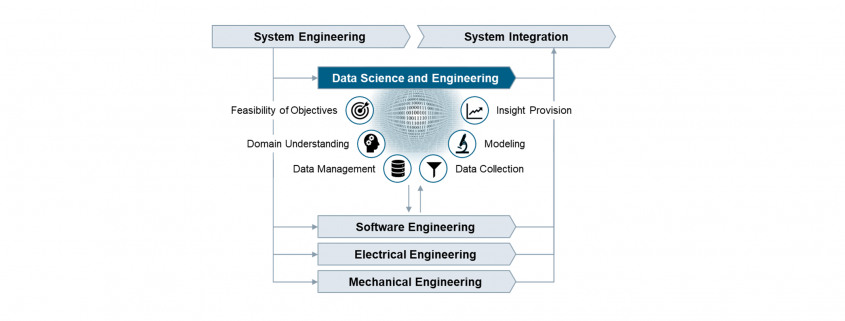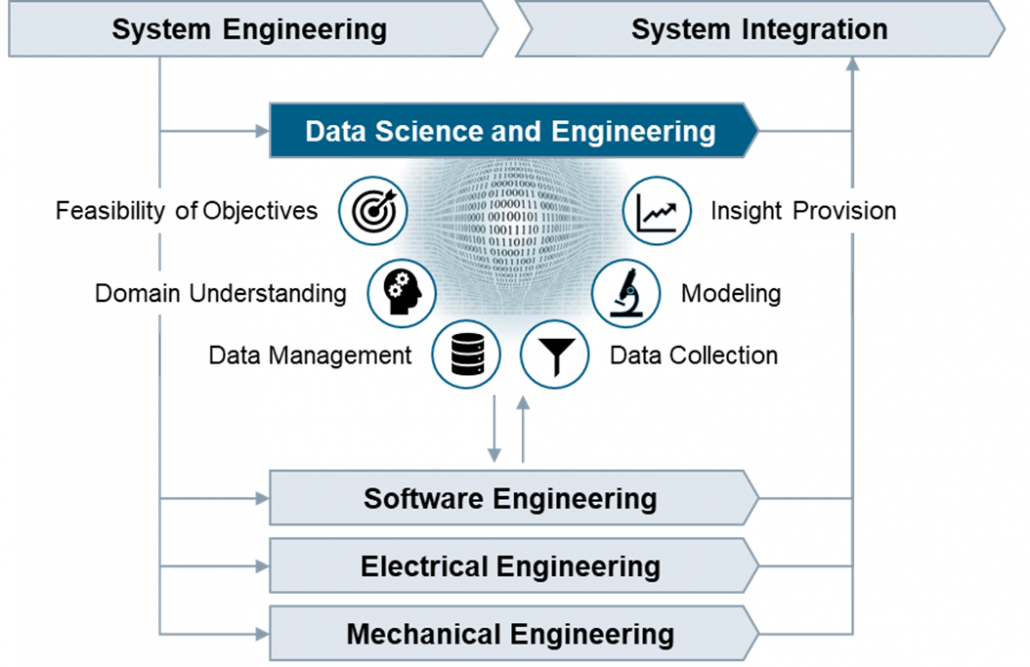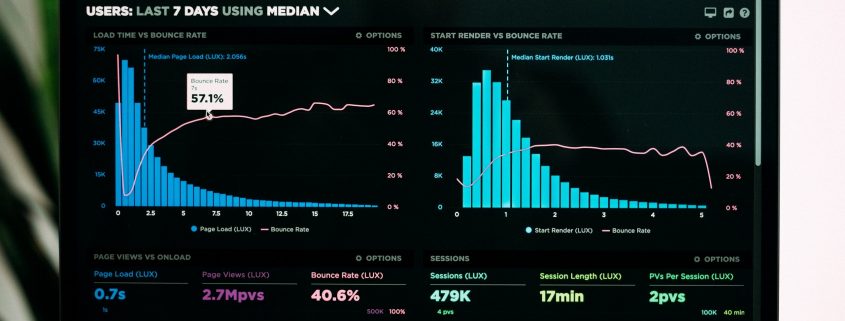Energy conservation is one of the main stressed points all around the globe. In the past 30 years, researches in the field of energy conservation and especially green energy have risen to another level. The positive outcomes of these researches have given us a gamut of technologies that can aid in preserving and utilize green energy. It has also reduced the over-dependency of companies on fossil fuels such as oil, coal, and natural gas.
Business data and analytics have all the power and the potential to take the business organizations forward in the future and conquer new frontiers. Seizing the opportunities presented by Green energy, market leaders such as Intel and Google have already implemented it, and now they enjoy the rich benefits of green energy sources.
Business data enables the organizations to keep an eye on measuring the positive outcomes by adopting the green energies. According to a report done by the World energy outlook, the global wind energy capacity will increase by 85% by the year 2020, reaching 1400 TWh. Moreover, in the Paris Summit, more than 170 countries around the world agreed on reducing the impact of global warming by harnessing energy from green energy sources. And for this to work, Big Data Analytics will play a pivotal role.
Overview of Green energy
In simpler terms, Green Energy is the energy coming from natural sources such as wind, sun, plants, tides, and geothermal heat. In contrast to fossil fuels, green energy resources can be replenished in a short period, and one can use them for longer periods. Green energy sources have a minimal ill effect on the environment as compared to fossil fuels. In addition to this, fossil fuels can be replaced by green energy sources in many areas like providing electricity, fuel for motor vehicles, etc..
With the help of business data, organizations throughout the world can change the view of green energy. Big Data can show how different types of green energy sources can help businesses and accelerate sustainable expansion.
Below are the different types of green energy sources:
- Wind Power
- Solar Power
- Geothermal Energy
- Hydropower
- Biofuels
- Bio-mass
Now we present before you a list of advantages that green energy or renewable energy sources have brought to the new age businesses.
Profits on the rise
If the energy produced is more than the energy used, the organizations can sell it back to the grids and earn profit out of it. Green energy sources are renewable sources of energy, and with precise data, the companies will get an overall estimation of the requirement of energy.
With Big Data, the organizations can know the history of the demographical location before setting up the factory. For example, if your company is planning to setup a factory in the coastal region, tidal and wind energy would be more beneficial as compared to solar power. Business data will give the complete analysis of the flow of the wind so that the companies can ascertain the best location of the windmill; this will allow them to store the energy in advance and use it as per their requirement. It not only saves money but also provides an extra source of income to the companies. With green energy sources, the production in the company can increase to an unprecedented level and have sustainable growth over the years.
Synchronizing the maintenance process
If there is a rapid inflow of solar and wind energy sources, the amount of power produced will be huge. Many solar panels and windmills are operating in a solar power plant or in a wind energy source, and with many types of equipment, it becomestoo complex to manage. Big Data analytics will assist the companies in streamlining all the operations to a large extent for their everyday work without any hassle.
Moreover, the analytics tool will convey the performance of renewable energy sources under different weather conditions. Thus, the companies will get the perfect idea about the performance of the green energy sources, thus enabling them to take necessary actions as and when required.
Lowering the attrition rate
Researchers have found that more number of employees want to be associated with companies that support green energies. By opting for green energy sources and investing in them, companies are indirectly investing in keeping the workforce intact and lowering the attrition rate. Stats also show the same track as nearly 50% of the working professionals, and almost 2/3rd of the millennial population want to be associated with the companies who are opting for the green energy sources and have a positive impact on environmental conservation.
The employees will not only wish to stay with the organizations for a long time but will also work hard for the betterment of the organization. Therefore, you can concentrate on expanding the business rather than thinking about the replacement of the employees.
Lowering the risk due to Power Outage
The Business Data Analytics will continuously keep updating the requirements of power needed to run the company. Thus the organizations can cut down the risk of the power outage and also the expenses related to it. The companies will know when to halt the energy transmission as they would know if the grid is under some strain or not.
Business analytics and green energy provide a planned power outage to the companies, which is cost-efficient and thus can decrease the product development cost. Apart from this, companies can store energy for later usage. Practicing this process will help save a lot of money in the long run, proving that investment in green energy sources is a smart investment.
Reducing the maintenance cost
An increasing number of organizations are using renewable sources of energy as it plays a vital role in decreasing production and maintenance costs. The predictive analysis technology helps renewable energy sources to produce more energy at less cost, thus reducing the cost of infrastructure.
Moreover, data analytics will make green energy sources more bankable for companies. As organizations will have a concrete amount of data related to the energy sources, they can use it wisely on a more productive basis
Escalating Energy Storage
Green energy sources can be stored in bulk and used as per requirement by the business organizations. Using green energy on a larger basis will even allow companies to completely get rid of fossil fuels and thus work towards the betterment of the environment. Big Data analytics with AI and cloud-enabled systems help organizations store renewable energies such as Wind and Solar.
Moreover, it gathers information for the businesses and gives the complete analysis of the exact amount of energy required to complete a particular task. The data will also automate cost savings as it can predict the client’s needs. Based on business data, companies can store renewable energy sources in a better manner.
With Business data analytics, the companies can store energy when it is cheap and use it according to the needs when the energy rates go higher. Although predicting the requirement of storage is a complicated process, with Artificial Intelligence (AI) at work, you can analyze the data efficiently.
Bundling Up
Green energy sources will play a pivotal role in deciding the future of the businesses as fossil fuels are available in a certain limit. Moreover, astute business data analysts will assist the organizations to not only use renewable energy sources in a better manner but also to form a formidable workforce. The data support in the green energy sector will also provide sustainable growth to the companies, monitor their efforts, and assist them in the long run.

















